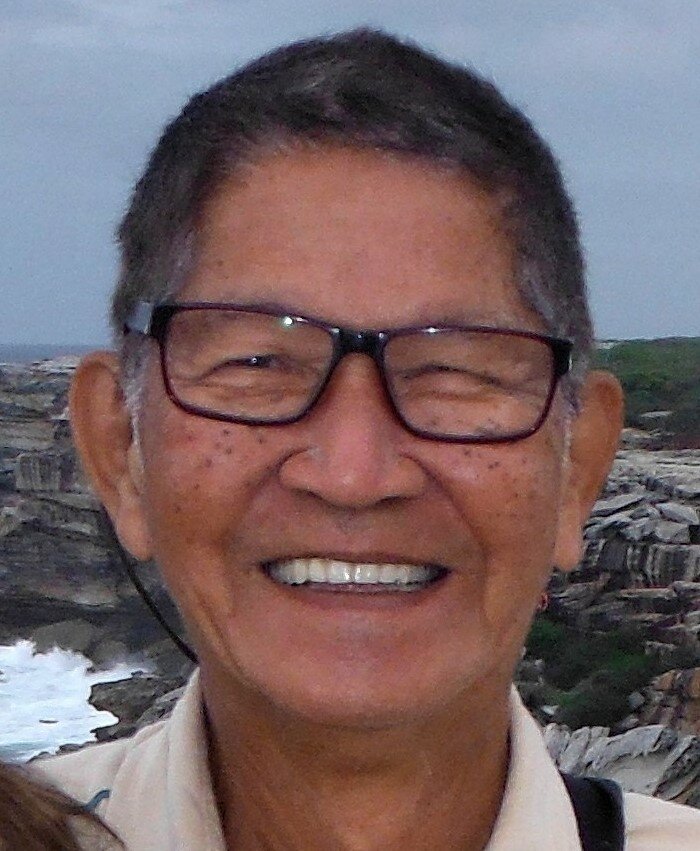The Last Tribes of Mindanao, the Bilaan of Southern Mindanao

The Netherlands
February 4, 2010
Text and Images by Ronald de Jong
The Bilaan or B`laan are a tribal community of Southern Mindanao, the name of this indigenous group comes from the words Bla and An, meaning Opponent People. The Bilaans in South Cotabato were renowned hunters and food gatherers, they hunted wild animals and were reaping grains, rootcrops, fruits and herbs in the once vast open space of cogonal land, known as Kolon Datal, nowadays Koronadal City.
 Bilaan Tribesmen
Bilaan Tribesmen
The Bilaan live in in Lake Sebu and other municipalities of South Cotabato and are one of the major non-Islamic tribal groups in the Southern Philippines.They are famous for their rich and colorful cultural heritage, ethnic art and handcrafts like the brass ornaments and traditional beadwork.
Colorful native costumes woven from abaca and decorated with embroidery, buttons, beads and heavy brass belts with numerous tiny bells are worn by the women of the Bilaan, making their approach heard, even from a far distance. The sequin-like capiz shells called takmon are used to give a distinct design and color to their clothes, among the women, the intricately beaded wooden comb, the swat san salah is a must.
The Bilaans have their own system of weaving using abaca fiber, before weaving the typical patterns, rituals are held in accordance with the Bilaan culture, but only the weavers know about these rituals and before making any pattern or design divine guidance is first sought. It is believed that the designs were imparted to the dreamer through the l'nilong (fairies), who are considered guardians of nature. Their handicraft and traditional attires are being brought to almost every ceremony and are considered as priceless possessions that are offered as dowries during weddings and used as payment for crimes committed against a person or clan or for settling disputes among warring clans.
 Bilaan Dance Group
Bilaan Dance Group
The Bilaan culture is unique, the tribe practices indigenous rituals for almost everything that they do because of their belief on the supremacy of the great Creator named Malu or D'wata, who is the source of everything. The Bilaan are strong believers on the interdependency with the environment and must respect the will of the Creator and are not allowed to touch or destroy any creature or object without His permission. They believe that there is only one supreme being that rules the cosmos and in the existence of a soul which upon leaving the body causes illness and even death. Bilaan men wear their hair long and have tattoos on their back, chest legs and arms, some of the main characteristics practised by men and woman of this tribe is the shaving of the eyebrows and the blackening of their tongues and filed incisors.
Musical instruments, like wooden lutes, flutes and bamboo tubes with strings are used extensively with their rituals and dances. One of the well known ritual dance is the Blit B'laan. a courtship dance of the imitating the movements of the male and female birds during mating season.
 Bilaan, Traditional Mat
Bilaan, Traditional Mat
Each Bilaan neighborhood is organized under a local datu who has autonomous authority over an area depending on his personal influence. The position is supposedly hereditary and follows a rule of the firstborn assuming the position.
Close family ties have always been recognized as one of the core values of Bilaan families and are deeply embedded in their culture, the life of the Bilaan evolves around their family that usually lives within one compound, consisting of more than one spouse and extended relatives living together.
To protect their property and to secure themselves from intrusions, most marriages are limited to close relatives, within this community cousins are allowed to marry each other.
The Bilaan of Southern Mindanao are still upholding their traditional ways of living, their values and their distinctive culture, it is impressive to see how this community can adjust and find meaning in life in a modern Philippine society.
jeanalyn sanuhay
tampakan south cotabato
Sun 21st November 2010
FYI its not BILAAN its BlA-AN. You featured a T'boli tribe Bla-an is one of the distinct tribe of Southern Mindanao more likely T'boli tribe but its not...because Bla-an Tribe doens't wear tinalak we have our own weaving which is more different from tinalak weaving...
tampakan south cotabato
Sun 21st November 2010
FYI its not BILAAN its BlA-AN. You featured a T'boli tribe Bla-an is one of the distinct tribe of Southern Mindanao more likely T'boli tribe but its not...because Bla-an Tribe doens't wear tinalak we have our own weaving which is more different from tinalak weaving...
Bartolome Panes
Sat 20th February 2010
Another good article Ronald. Thanks for your undying passion for the region to become a tourist attraction.
Did you know there is now Zip Line at Seven falls in Lake Sebu? Last week my wife and company had the time of our lives. It was awesome. A similar experience would have cost a fortune...more than US$200.OO. We're talking about doing Zip line at Puerto Vallarta, Mexico. It only cost 200 pesos [US$4.00-5.00] at Seven falls!!!! Can you beat that?
Sat 20th February 2010
Another good article Ronald. Thanks for your undying passion for the region to become a tourist attraction.
Did you know there is now Zip Line at Seven falls in Lake Sebu? Last week my wife and company had the time of our lives. It was awesome. A similar experience would have cost a fortune...more than US$200.OO. We're talking about doing Zip line at Puerto Vallarta, Mexico. It only cost 200 pesos [US$4.00-5.00] at Seven falls!!!! Can you beat that?
